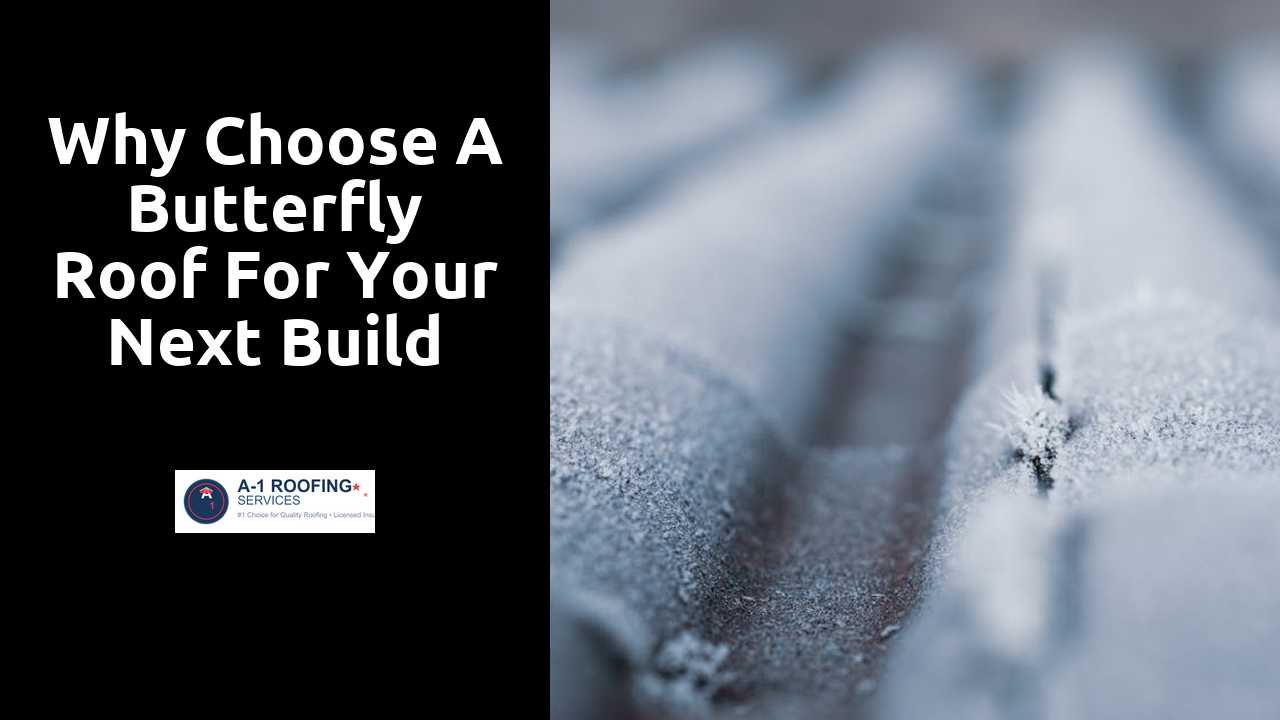
Why Choose a Butterfly Roof for Your Next Build
Table Of Contents
Versatility in Architectural Styles
The butterfly roof design allows for a seamless integration into a variety of architectural styles. Whether a modern minimalist aesthetic or a more traditional design approach, its unique shape provides a focal point that enhances the overall appearance. The upward-sloping roof sections create dynamic lines and dimensions, enabling homeowners to make a bold statement without overwhelming the structure.
This roof style also accommodates different materials and finishes, further enhancing its versatility. From sleek metal to organic wood, the butterfly roof can adapt to various elements while maintaining cohesion with the surrounding environment. This adaptability makes it an appealing choice for homeowners looking for a structure that reflects their personal style and harmonizes with existing landscapes.
Here is a super informative post that goes into more detail.
Blending with Various Home Designs
A butterfly roof seamlessly integrates with a variety of architectural styles, enhancing both modern and traditional homes. Its distinctive shape creates a striking silhouette, allowing for creative expression while still maintaining functionality. Whether a contemporary masterpiece or a classic design, the butterfly roof complements diverse aesthetics through its clean lines and unique angles.
In addition to visual appeal, this roof design promotes harmony with the surrounding environment. Homes nestled in natural settings can benefit from the butterfly roof's ability to blend effortlessly with landscapes. The upward slope can also guide rainwater toward a central drainage point, making it not only attractive but also practical for various climates.
Structural Integrity and Durability
A butterfly roof design is known for its ability to withstand a variety of environmental stresses. The inward sloping sides create a striking visual appeal while enhancing the roof's overall strength. This design naturally channels rainwater toward the center, promoting efficient drainage and reducing the risk of leaks or water damage. Moreover, the unique shape can withstand high winds better than traditional roof designs, making it a sensible choice for areas prone to severe weather.
In addition to its aesthetic and practical benefits, the materials used in constructing a butterfly roof often contribute to its durability. Builders typically implement sturdy framing techniques and high-quality sheathing to ensure longevity. These construction methods not only bolster structural integrity but also enhance energy efficiency. Homes with a butterfly roof can achieve better insulation and ventilation, providing a stable indoor climate across seasons while minimizing energy costs.
Robust Construction Techniques
The butterfly roof design utilizes a unique structural system that enhances its robustness. This technique introduces two sloping sides that meet in the middle, creating a central valley for drainage. The design effectively distributes weight evenly, which minimizes stress on support beams. Reinforced framing materials often accompany this style, ensuring that it withstands harsh weather conditions and potential seismic activity.
Builders frequently incorporate advanced materials, such as engineered wood and metal trusses, to reinforce the overall structure. These materials not only provide strength but also improve sustainability by enhancing energy efficiency. Because of this thoughtful integration of construction techniques, a butterfly roof can help maintain the integrity of a building while also ensuring longevity and durability over time.
Maximizing Natural Light
The unique design of a butterfly roof enables incredible opportunities for harnessing natural light. The upward sloping sections create a spacious interior, allowing sunlight to flood the space from multiple angles. This not only brightens the home but also enhances the overall ambiance, making it feel more inviting and open. Large windows can be incorporated on the walls sloping downward, maximizing light exposure while keeping the distinct roofline aesthetic.
Skylights serve as a quintessential feature in buildings with butterfly roofs, offering another layer of illumination. By strategically placing skylights, homeowners can enjoy additional light during daylight hours while also benefiting from views of the sky. These design choices create an airy and vibrant living environment, which can be especially appealing in urban settings where natural light might otherwise be limited.
Skylights and Open Spaces
Incorporating skylights into a butterfly roof design enhances the overall ambiance of a home. These large windows installed on the slopes allow natural light to pour into the interior, creating a bright and welcoming atmosphere. The unique angles of a butterfly roof also enable the installation of strategically placed skylights, which can further open up the space and provide stunning views of the sky. This design invites nature indoors, enhancing both aesthetic appeal and emotional well-being.
Open spaces characterized by high ceilings and expansive views serve to connect the indoor environment with the outside world. The butterfly roof's distinctive shape promotes a sense of airiness, making rooms feel larger and more inviting. Additionally, this layout encourages airflow, which can help maintain a comfortable climate within the home. By embracing the combination of skylights and open areas, homeowners can cultivate a serene living environment that harmonizes with its surroundings.
Related Links
Essential Insights into Saltbox Roof StylesHow to Choose a Shed Roof for Your Property